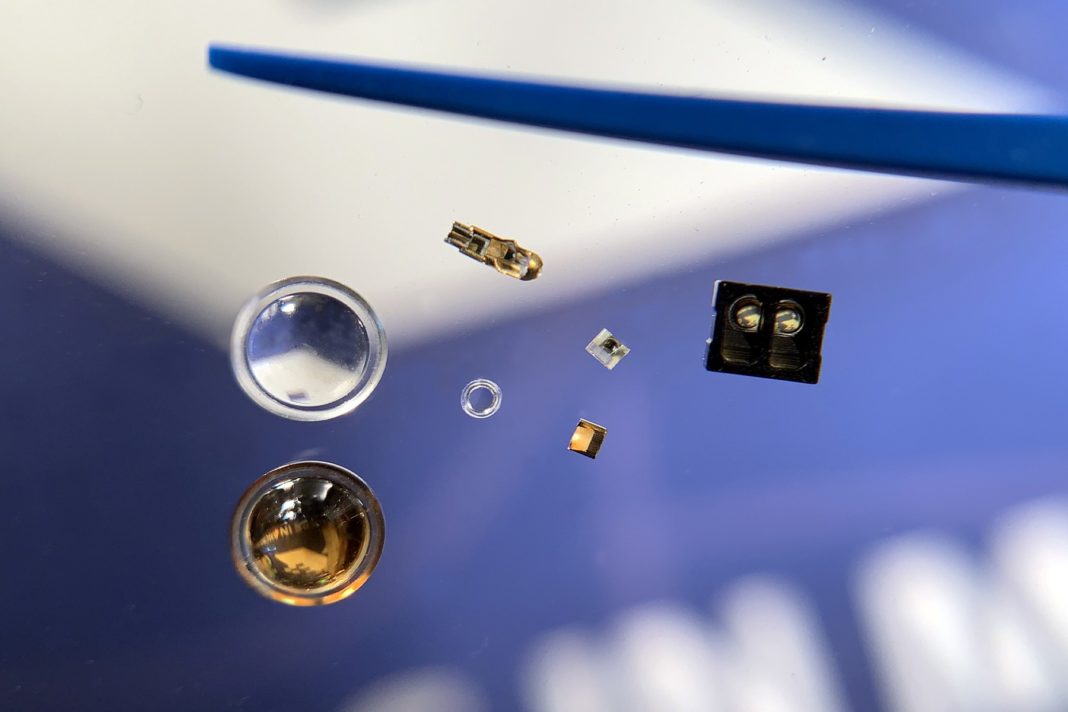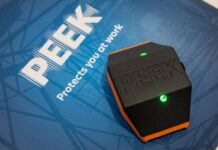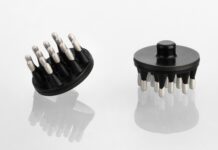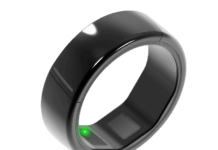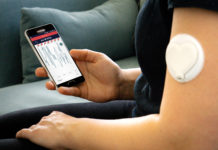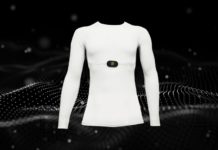In the wearables sector, the mantra is always smaller and smaller components but with greater and greater functionality. As such, when charged with meeting manufacturing challenges that are always exacting, it is vital that companies like Accumold keep on top of the technological opportunities that exist to meet these challenges.
The traditional route to market for miniaturized wearable parts and components is via the tried and tested micro molding process, an enabling technology that has for many years stimulated innovation, and which has produced truly amazing miniature parts, or larger parts with micron features. Micro molding in the right hands can produce fantastic results, and attain extremely tight tolerances repeatable.
But for many years there has been an alternative production process knocking at the door across industry, namely 3D printing / additive manufacturing (AM). Today, many industry sectors have incorporated AM into their manufacturing facilities, often using it as a process that is complementary to existing legacy processes, AM having a unique set of characteristics that make it compelling for some particular applications, or for certain volumes. However, AM processes have never been an option when micro manufacturing, as they are unable to attain the micron level tolerances, and do this in a repeatable fashion. That is until recently!
Today, Accumold has become the first micro molding company to incorporate the Nano Dimension Fabrica 2.0 micro AM technology into its facilities. The Fabrica 2.0 is the first AM process to be able to achieve 1 micron tolerances, and to produce end-use products at volume that are consistent and accurate. As such it opens up for the first time the benefits of AM to the micro manufacturing sector.
And what are these benefits. Well micro AM is much more agile and flexible than traditional alternative micro manufacturing technologies, the requirement for no tooling meaning that designs can be altered with little expense, and the potential for mass customization is now open to players in the wearables sector.
Through the use of a micro AM, manufacturers can also optimize workflow, the technology producing less scrap and fewer tools than conventional manufacturing processes. It also promotes the reduction of iterative process, assembly, and inventory. This means that significant operational cost benefits are now attainable at the micro manufacturing level.
While the Fabrica 2.0 micro AM process can cater for high volume applications (multiple thousands of small parts and components fitting easily in the machine’s build envelope), the introduction of a 3D printing solution for micro manufacturers also means that OEMs are able to reduce the reliance on economies of scale, as the technology makes full production runs measured in thousands as inexpensive as producing one. The Fabrica 2.0 makes low to medium-volume production runs possible that have previously been uneconomical due to the high tooling and set-up costs associated with traditional manufacturing alternatives.
So, the sky is really now the limit when it comes to creativity in the design and manufacture of micro plastics parts for wearables. AM is relatively agnostic to geometric complexity, and so is a spur to innovation, and with micro molding and micro AM both now able to achieve micron tolerances, runs from 1 – 10 million are now as economical as each other when it comes to cost per part.












